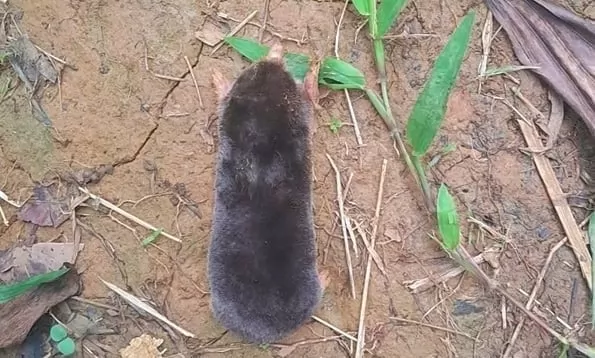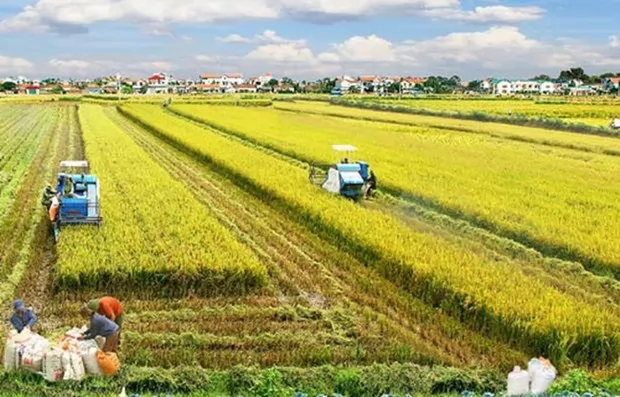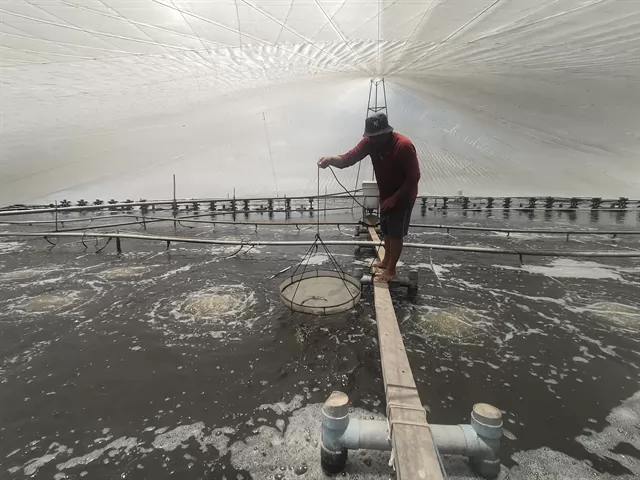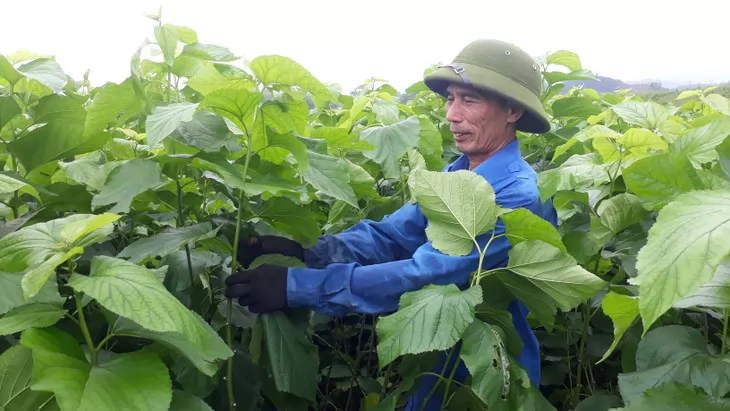Discovery of a mole species named Darwin in Thanh Hoa province

Darwin mole discovered in Pu Luong Nature Reserve.
(VAN) Scientists have recently announced the discovery of a new mole species in Pu Luong Nature Reserve, contributing to clarifying the evolution and biodiversity of Vietnam.
The new mole species, named Euroscaptor darwini (Darwin mole), has been published by Vietnamese scientists in the scientific journal ZooKeys. This discovery not only expands Vietnam’s species inventory but also sheds light on a missing link in the evolution of subterranean mammals in Asia.
Darwin mole has been identified as a newly endemic species, currently recorded only in the dense forests on the southwestern slopes of the Pu Luong range, at an elevation of about 900 to 1,100 meters.
The research team from the Institute of Biology (Vietnam Academy of Science and Technology), Vietnam National University, Hong Duc University, and the Management Board of Pu Luong Nature Reserve spent many years conducting surveys before confirming that this is a completely new species with distinct morphological and genetic characteristics.
The most noticeable difference of the Darwin mole is its extremely short tail, just over 2 mm long, consisting of 6 to 7 vertebrae, significantly fewer than any other species in the same genus. The tail is almost embedded in the skin, covered with sparse, short, stiff hair, and only slightly protrudes at the end, forming a unique identifying feature.
The skull and dental structure of this species also have distinctive traits, adapted to a burrowing lifestyle in limestone mountain terrain. Mitochondrial DNA analysis confirmed that Darwin mole is clearly distinct from other known species of the same genus in Vietnam, Laos, and China.
Previously, Vietnam has recorded several species of the Euroscaptor genus, such as E. longirostris in the northern region and E. kuznetsovi in Lam Dong, but these species differ significantly in morphology and ecological distribution.
Compared with its relatives, Darwin mole is smaller in size, has a shorter tail, and is better adapted to moist soil layers rich in humus within primary forests. This difference is considered evidence of strong species differentiation in the North Central region, where the terrain, climate, and vegetation create independent “evolutionary islands.”
The species name was chosen in honor of naturalist Charles Darwin, the founder of the theory of evolution, as a tribute to the scientific spirit of species formation.
This discovery is considered highly valuable by the scientific community because it provides new data for the study of mole evolution in Asia, a group of animals still shrouded in mystery despite their wide distribution. With a predominantly underground lifestyle, rare surface appearances, and rapid evolutionary mechanisms in isolated environments, moles are viewed as a sensitive biological group that helps indicate ecological changes.
The research results also show that Pu Luong is not only a reserve with rich landscapes but also a vital biodiversity core area of Vietnam, home to many endemic species yet to be described. According to the research team, the discovery of this new species highlights the urgent need to conserve humid limestone forest habitats, the typical environment of Darwin mole and many other rare species.
The team is continuing surveys in surrounding areas to determine the species’ distribution boundaries and the potential existence of other undiscovered mole species. They hope this discovery will open new directions for deeper research into the adaptive mechanisms of subterranean animals while affirming Vietnam’s position on the global scientific map of evolution and conservation.
Author: Bao Thang
Translated by Huong Giang
Maybe you are interested

Australian, Vietnamese experts develop new rice variety to tackle climate change
SunRice, Australia's largest rice supplier, will partner with Australian and Vietnamese researchers to develop a new variety of rice that helps farmers in the Mekong Delta adapt to climate change and offers a fresh opportunity to increase exports from the

Bến Tre Province farmers adopt innovative techniques for high-tech shrimp farming
Farmers in Bến Tre Province are increasingly switching to high-tech shrimp breeding, adopting more innovative techniques to boost productivity, reduce costs and increase incomes.

Tran Yen, first new-style rural district in Vietnam\'s northwestern mountains
The remarkable growth of agricultural production in Tran Yen district, Yen Bai province, in recent years is a result of local authorities identifying the best-adapted plants and animals.





